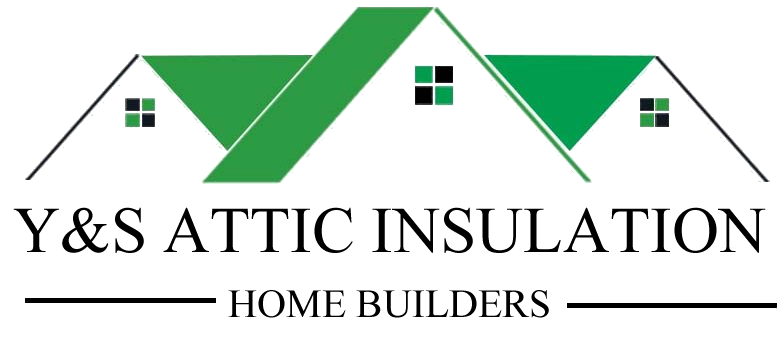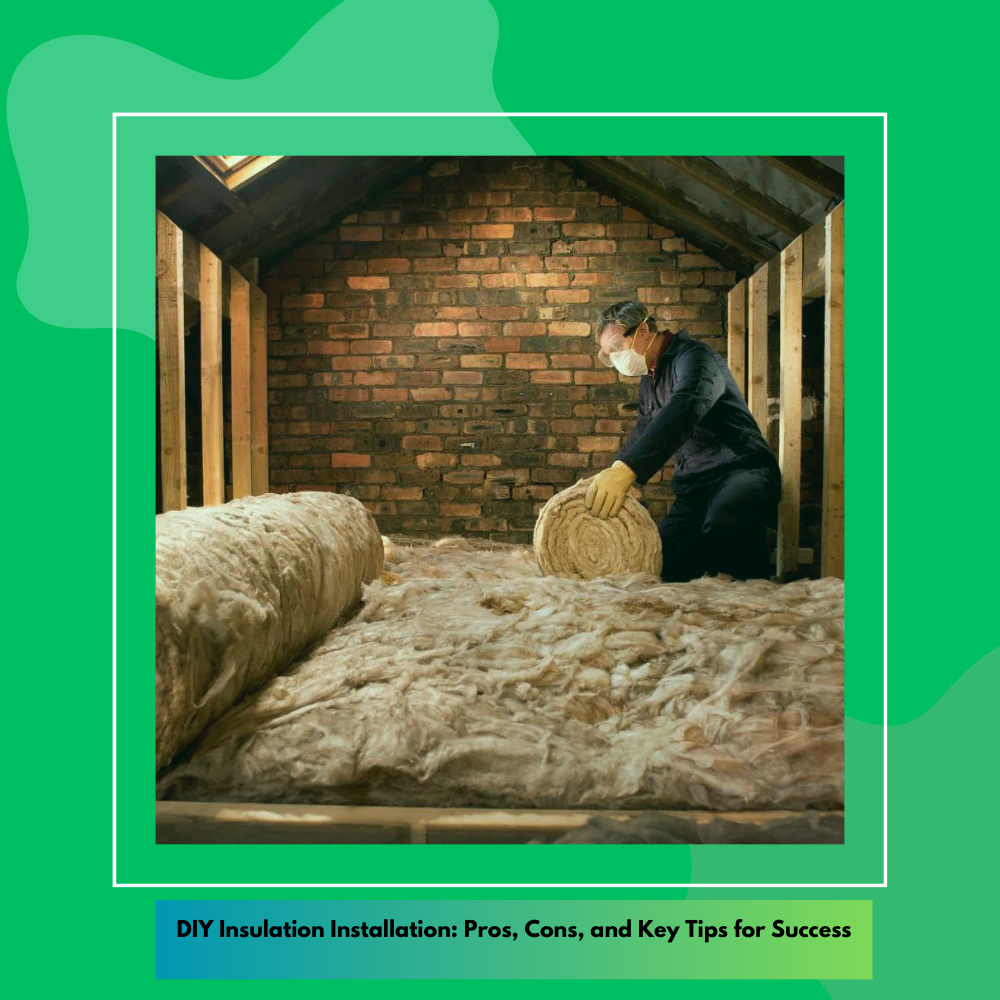Undertaking a DIY insulation installation project can be a cost-effective way to improve your home’s energy efficiency. However, it’s essential to weigh the pros and cons and follow key tips for success to ensure the project is completed effectively and safely.
Pros of DIY Insulation Installation
One of the main advantages of DIY insulation installation is cost savings. By doing the work yourself, you can save on labor costs and allocate your budget toward higher-quality materials. Additionally, a DIY project allows you to work at your own pace, giving you the flexibility to complete the installation according to your schedule. It can also be a satisfying experience, giving you a sense of accomplishment as you enhance your home’s comfort and energy efficiency.
Cons of DIY Insulation Installation
Despite the benefits, there are several challenges to consider with DIY insulation installation. One significant drawback is the risk of improper installation, which can lead to reduced insulation effectiveness and potential energy loss. Additionally, handling insulation materials can pose health risks if proper safety measures are not followed, such as wearing protective clothing and masks. The lack of specialized equipment and expertise may also result in suboptimal results, particularly for complex areas like walls and crawl spaces. These challenges underscore the importance of being well-prepared and informed before starting the project.
Key Tips for a Successful DIY Insulation Installation
To ensure a successful DIY insulation installation, follow these key tips. First, thoroughly research the different types of insulation materials, such as fiberglass, cellulose, and spray foam, to determine which is best suited for your project. Next, measure the areas to be insulated accurately to avoid purchasing too much or too little material. When installing insulation, make sure to fill all gaps and voids to prevent air leaks and maximize efficiency. Use proper tools and equipment, and always follow safety guidelines to protect yourself from potential hazards. Lastly, consider consulting online resources or DIY guides for step-by-step instructions and additional tips.
When to Consider Professional Help
While DIY insulation installation can be feasible for straightforward projects, certain situations may require professional assistance. If your home has existing moisture issues, mold, or significant air leaks, it’s best to hire a professional who can address these problems before installing insulation. Additionally, complex areas such as attics, basements, and wall cavities may benefit from the expertise and specialized equipment of professional installers. Weighing the complexity of the project and your comfort level with the tasks involved can help you decide when to seek professional help.
DIY insulation installation offers both benefits and challenges. By understanding the pros and cons and following key tips, you can successfully complete your project and improve your home’s energy efficiency. However, it’s crucial to recognize when professional assistance may be necessary to ensure optimal results. With careful planning and execution, DIY insulation can be a rewarding and effective way to enhance your home’s comfort and reduce energy costs.
Learn more about insulation installation:
Top Questions to Ask Before Hiring an Insulation Installation Contractor
Choosing the Right Insulation Installation for Your Home: A Comprehensive Guide


